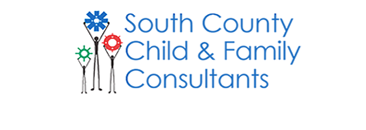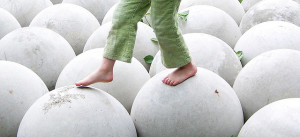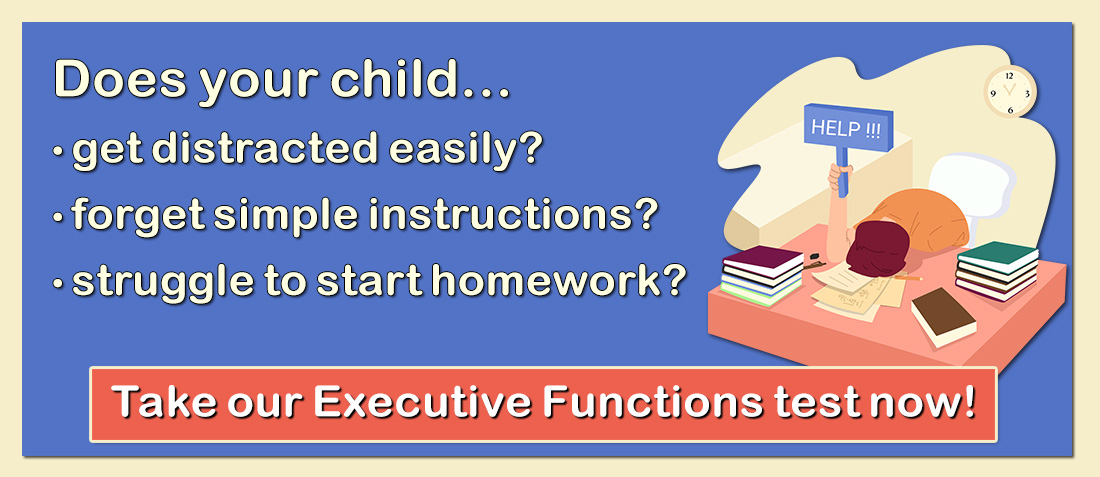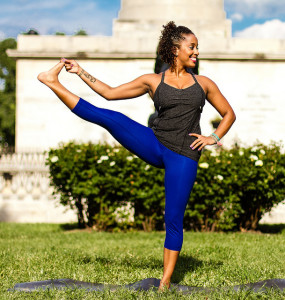
Photo Credit: Dave Rosenblum
There is a wealth of scientific evidence that supports the use of relaxation, breathing, and focusing techniques, such as yoga and meditation, to improve psychological and physical well-being. Only within the past two decades, however, has Western medicine accepted what has long been known — that breathing techniques, yoga, and meditation can have a significant positive impact on the autonomic nervous system and, in turn, on physiological and psychological functioning.
Breathing and relaxation techniques are important components of the treatments for Anxiety Disorder and depression. Such techniques increase the activation of the parasympathetic nervous system, which leads to mental relaxation. Recent evidence also suggests that these techniques can help individuals with attention problems improve their capacity to focus and sustain their attention. While breathing and relaxation techniques are helpful tools for addressing a specific situation or stress, they are even more helpful when practiced on a daily basis. Individuals who practice these strategies once or more daily are likely to reduce their overall tendency to become overwhelmed by stress and anxiety.
It is strongly recommended that individuals who wish to start using these techniques receive formal training in them. Instructors who teach yoga, meditation, and breathing techniques can be found in most communities, and many therapists are trained in teaching these techniques as part of stress management. There are also videos online that can help one begin practicing these techniques.
Some relevant books, websites, and videos are listed below. In addition, we have provided you with instructions for many of these relaxation techniques. Use these sets of simple directions to help you get started in these areas. We encourage you to go beyond our materials in order to gain the full benefit of these practices.
These guidelines are divided into four sections including: Controlled Breathing, Mindfulness, Muscle Relaxation, Relaxation Response.
Controlled Breathing
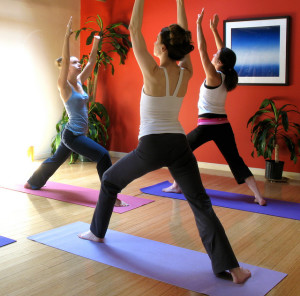
Photo Credit: Jasmine Kaloudis
Many people become anxious or upset and, without realizing it, start to breathe quickly. When this occurs, their breath is no longer coming from their diaphragm but from their chest, which means that less oxygen is coming into their lungs and that less oxygen is being circulated throughout their body and brain. This condition activates the sympathetic nervous system to respond to what the stress responses of flight, fright or freeze perceive to be a crisis. The body is equipped to counter the damaging effects of stress on its systems by activating the parasympathetic nervous system via conscious breathing that is slow and deep.
Technique
1. Sit on a straight-backed chair with your feet resting on the floor. If your legs are too short, then place a pillow under your feet so that they remain flat. Do not cross your legs or arms, or you will cut off the flow of breath.
2. As you inhale, feel your abdomen press out. As you exhale, watch your abdomen draw inward.
3. Inhale through your nose, watching your abdomen expand. You may want to place a hand on your abdomen to feel the movement. Pay attention to the breath as it enters your nostrils slightly cool and becomes warmer during your exhalation. As you take this deep, slow breath, imagine a balloon in your abdomen expanding with air. Count slowly from one to four.
4. Hold your breath for a count of four.
5. Exhale through your mouth as though you were blowing out through a straw for a count of eight.
6. Do this for several minutes. Notice how your body relaxes more deeply and your mind becomes clearer as you continue. To accentuate the correct starting point of the inhalation in your diaphragm, you may lie down or place a hand on your abdomen to track its movement along with your breath.
Websites
University of Minnesota – Visit this link for a deep breathing exercise and explore the site for other self-care and stress management strategies.
Books
Kabat-Zinn, J. (2005). Wherever You Go, There You Are. Hyperion, New York, NY.
Videos
A 10-minute video that features beginning yoga for stretch and strength on a relaxing beach setting
An 8-minute meditation with Bridget Woods Kramer, a leading Anusara yoga teacher
Mindfulness
Mindfulness is defined as the capacity to focus one’s awareness on the experiences of the present moment. The intention of mindfulness is to eliminate the mind’s commentary and judgment in order to focus on what is happening. To be mindful is to be present.
Meditation and breathing techniques help individuals focus on their breathing rather than on anything else and thus help them to practice mindfulness. Mindfulness means paying attention to the present moment without judging what happens. This type of focus helps one to have a greater sense of awareness of the present moment. It helps one to not miss what is happening in one’s life. Instead of paying attention to what happened in the past or being concerned about the future, mindfulness ensures that one is living one’s life in the present moment.
John Kabat-Zinn, whose books are listed below, describes mindfulness: “simply as the art of conscious living.” While many mindfulness techniques have been described in Buddhist thought, mindfulness is not attached to a religious practice, although it does help individuals to accept their lives as they are and to let their lives unfold in the present moment.
Studies indicate that mindfulness alleviates pain, decreases blood pressure, and improves the immune system. In addition, mindfulness enhances concentration, curbs anxiety and insomnia, and may help prevent depression.
Brain scans reveal that people who meditate on a regular basis have increased thickness in areas of the brain that are associated with attention and with a heightened awareness of internal bodily sensations, such as muscles constricting and breath quickening under stress. In May 2009, a UCLA study found that the brains of individuals who engage in meditation have more gray matter associated with greater mental clarity and greater volume in areas of the brain that are important for attention, focus, and emotional regulation. Even people just beginning to meditate show greater activation in the part of the brain that is linked to well-being. Similar studies conducted in schools show decreased aggression toward others and increased focus and attention.
Here are two simple techniques that can help you to be more mindful. Remember — mindfulness is a practice that requires perpetual repetition.
Mindful Eating
Begin to practice mindfulness with this raisin-eating exercise.
1. Hold a raisin in your hand.
2. Observe it carefully: look at its various colors and the play of light and shadow on the raisin. Feel the raisin’s various shapes and textures, and even its weight, in your hand. Spend a few minutes looking at all aspects of the raisin.
3. Now, try to remember what a raisin tastes like. Then, let go of that memory and continue as though this is your first time tasting a raisin. Note whether or not your salivary glands activate as you slowly lift the raisin to your mouth.
4. Smell the raisin, and place it on your tongue without biting it at first. Move it around in your mouth to reach all of your tongue’s taste buds.
5. Now, take one bite of the raisin. Observe the feel of the raisin now, the morsel and the remaining raisin. Try to label all of the sensations that you are experiencing in the moment.
6. Slowly eat the rest of the raisin.
Mindful Walking
The simple act of walking, when slowed down and done with cognizance, provides a tangible experience of mindfulness.
1. Inhale, and take a step with your right leg.
2. Exhale, and take a step with your left leg.
3. Continue to coordinate your breathing, steps, and movements. Mindful walking may be enhanced by repeating a phrase with each inhalation and step. For example, you might inhale, take a step, and say, “I am present,” and then, with the next step, exhale and say, “In this moment.” Choose a phrase that is meaningful to you. You may also simply count your steps.
Resources
To learn more about mindfulness techniques and meditation, please refer to the following websites, videos, and books.
Websites
All That Matters – A holistic center located in Wakefield, RI that specializes in yoga and other health services and mindfulness practices. Visit this website for help in taking charge of your well-being and making lifestyle changes.
The Center for Mindful Eating – This site is dedicated to the practice of Mindful Eating, providing myriad resources, including a newsletter and a membership.
UCLA Mindful Awareness Research Center – Here, find several online tutorials to guide you through mindful meditations that you can easily perform on your own.
Whole Living – This site offers information on wellness and balance, particularly regarding elements like diet, sleep, and exercise. This link will take you to an article on the Mindful Walking technique.
Yoga Wiz – This website provides detailed information on yoga — its various types, poses and postures, its basics and benefits.
Books
Kabat-Zinn, J. (2005). Wherever You Go, There You Are. New York, NY: Hyperion.
Smith, J. (2005). Relaxation, Meditation & Mindfulness Self-Training Manual. Lulu Press.
Videos
An 8-minute meditation with Bridget Woods Kramer, a leading Anusara yoga teacher
A 10-minute video featuring yoga for beginners that focuses on breathing and basic postures
A 10-minute video that features beginning yoga for stretch and strength on a relaxing beach setting
Muscle Relaxation
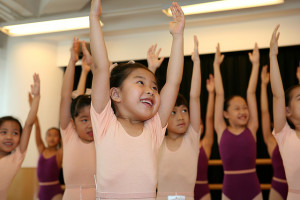
Photo Credit: Tommy Wong
Many people are not aware of the tension that they habitually hold in their body. As you are reading this, notice your right shoulder — are you able to drop it a little further? Notice the small muscles in your jaw — consciously relax them and notice the change. Our bodies need a certain degree of tension in order to get around during our daily routine, but, by increasing our awareness, we become more adept at breaking unhealthy patterns of tension and initiating relaxation.
For the progressive relaxation, we begin with large muscles because it is quite easy to see in them the difference between tension and relaxation. Tightening large muscles exaggerates the sensation of tension, while releasing these muscles makes tangible the sensation of relaxation.
Technique
- Start with a large muscle, such as one on the arm.
- Raise the right arm and tighten the fist, shoulder, and muscles of the arm. Try to tense the muscles as you inhale. Hold the tension for fifteen seconds.
- Gradually release the tension and, exhaling, allow the arm to slacken and relax. Remain in the relaxed position for thirty seconds.
- Do the same movements with the left arm.
- Then, inhaling, shrug the right shoulder up to the right ear. Hold this contraction for fifteen seconds.
- Gradually release the tension as you exhale and allow the shoulder to drop. See if the right shoulder is able to drop a little further. Notice the little muscles around the shoulder and the quality of your breathing. Stay in the relaxed position for thirty seconds.
- Do the same movements with the left shoulder.
- When you finish, rest for a few minutes.
- Next, tighten the right leg from the right buttock to the right ankle and foot. Inhale while squeezing and tightening the entire leg as you raise it. Hold the tension for fifteen seconds.
- Then, exhale and gradually release the tension. Allow the leg to slacken and relax for thirty seconds.
- Do the same movements with the left leg.
- See if you can contract your abdominal muscles. Imagine that your stomach is a fist and is closing. Contract your stomach muscles by squeezing them. Hold the tension for fifteen seconds.
- Gradually release the tension, and allow the abdomen to soften and relax for thirty seconds.
- You may want to experiment with some of the smaller muscles now. For instance, scrunch up your face. Make funny expressions by tightening all of the muscles in your forehead, cheeks, lips, and jaw. Hold this tension for fifteen seconds.
- Gradually release with a long exhalation.
- Rest for a few minutes. Become familiar with the sense of relaxation in isolated parts of your body and in your body in general. In time, the body learns to recognize tension and follow it with relaxation.
Here is a set of simple progressive muscle relaxation techniques that can be used at school or in public settings without anyone observing:
- While sitting at a desk or in a chair, tightly clench one fist, pushing the tips of your fingers into your palm. Hold this position for at least 20 seconds.
- Then, slowly release your fingers, paying close attention to the sense of relief and relaxation in your hand.
- Do this with your other hand and then complete one more set.
- Next, try to clench your feet into a ball, bending your toes downward in your shoes (or out) so that your toes are pushing against the ground or the soles of your shoes. Hold both feet in this position for at least 15 seconds.
- Then, slowly release, experiencing the sense of relaxation and relief.
- Next, while seated, keep both heels on the ground and raise your toes straight up, holding this posture for 15-20 seconds.
- Drop your toes and feel the relaxation in your shin and calf areas.
- Other simple stretches, such as squeezing your forearms against your triceps or stretching your legs straight out while pointing your toes back toward you, can easily be done while seated and can be very helpful in reducing stress.
Websites
University of Minnesota – Visit this link for a progressive muscle relaxation exercise and explore the site for other self-care and stress management strategies.
Relaxation Response
 Herbert Benson, M.D., from Harvard Medical School, practiced Transcendental Meditation and then adapted the instructions to be more accessible to a Western audience. Benson coined the phrase “Relaxation Response,” publishing a book with that name.
Herbert Benson, M.D., from Harvard Medical School, practiced Transcendental Meditation and then adapted the instructions to be more accessible to a Western audience. Benson coined the phrase “Relaxation Response,” publishing a book with that name.
The relaxation response offers a style of meditation that is outside of, but complementary to, any religious venue. Universally accepted and appropriate for all, the relaxation response provides people with a focal point for their attention. The relaxation response is now used in a wide variety of medical and non-medical settings to teach people how to relax and to activate their body’s internal healing mechanism. The physiological indicators of the relaxation response include decreases in metabolism, heart rate, blood pressure, and rate of breathing.
Technique
The relaxation response requires four basic elements:
- A quiet environment
- An object to dwell upon — try lighting a candle, or sound a bell and listen until you can no longer hear it ringing. You may utilize a “mantra,” a repeated phrase, as a way to anchor your attention. The mantra can be as simple as the words “One” or “Peace” or can consist of your counting your breaths. Use this focal point to keep your mind from wandering.
- A passive attitude — empty all thoughts and distractions from your mind. This is the most essential factor in eliciting the Relaxation Response. Consciously, cultivate a neutral attitude to your own progress with the relaxation response; having unrealistic expectations or criticizing yourself defeat its purpose. If a thought disturbs you, then imagine it floating away as a cloud, and bring your attention back to your object.
- A comfortable position — sit against a straight-backed chair with your feet flat on the floor or resting flatly on a pillow. Let your hands rest on your lap with your palms facing upwards. Relax the jaw and shoulders, and soften the eyes and cheeks. Try to remain quiet and alert as you practice the relaxation response for at least twenty minutes daily.
Websites
All That Matters – A holistic center located in Wakefield, RI that specializes in yoga and other health services and mindfulness practices. Visit this website for help in taking charge of your well-being and making lifestyle changes.
Yoga Wiz – This website provides detailed information on yoga — its various types, poses and postures, its basics and benefits.
Books
Benson, H. and Klipper, B. (2000). The Relaxation Response. Harper Paperback: New York, NY.
Benson H. and Proctor W. (2010). Relaxation Revolution: Enhancing Your Personal Health Through the Science and Genetics of Mind Body Healing. Scribner: New York, NY.
Videos
A 10-minute video featuring yoga for beginners that focuses on breathing and basic postures
A 10-minute video that features beginning yoga for stretch and strength on a relaxing beach setting
Receive online class information and helpful tips from Dr. Randy Kulman's LearningWorks for Kids |
